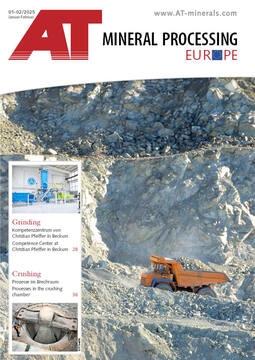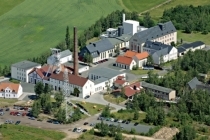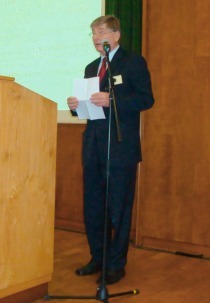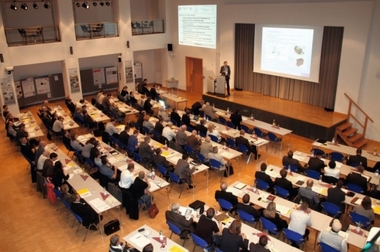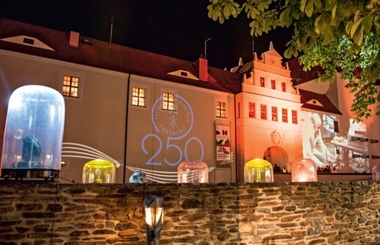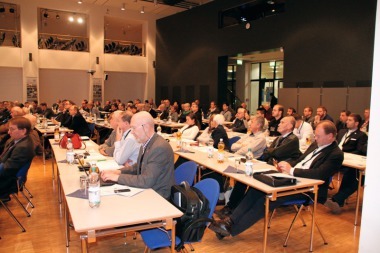New iron from old mining sludge
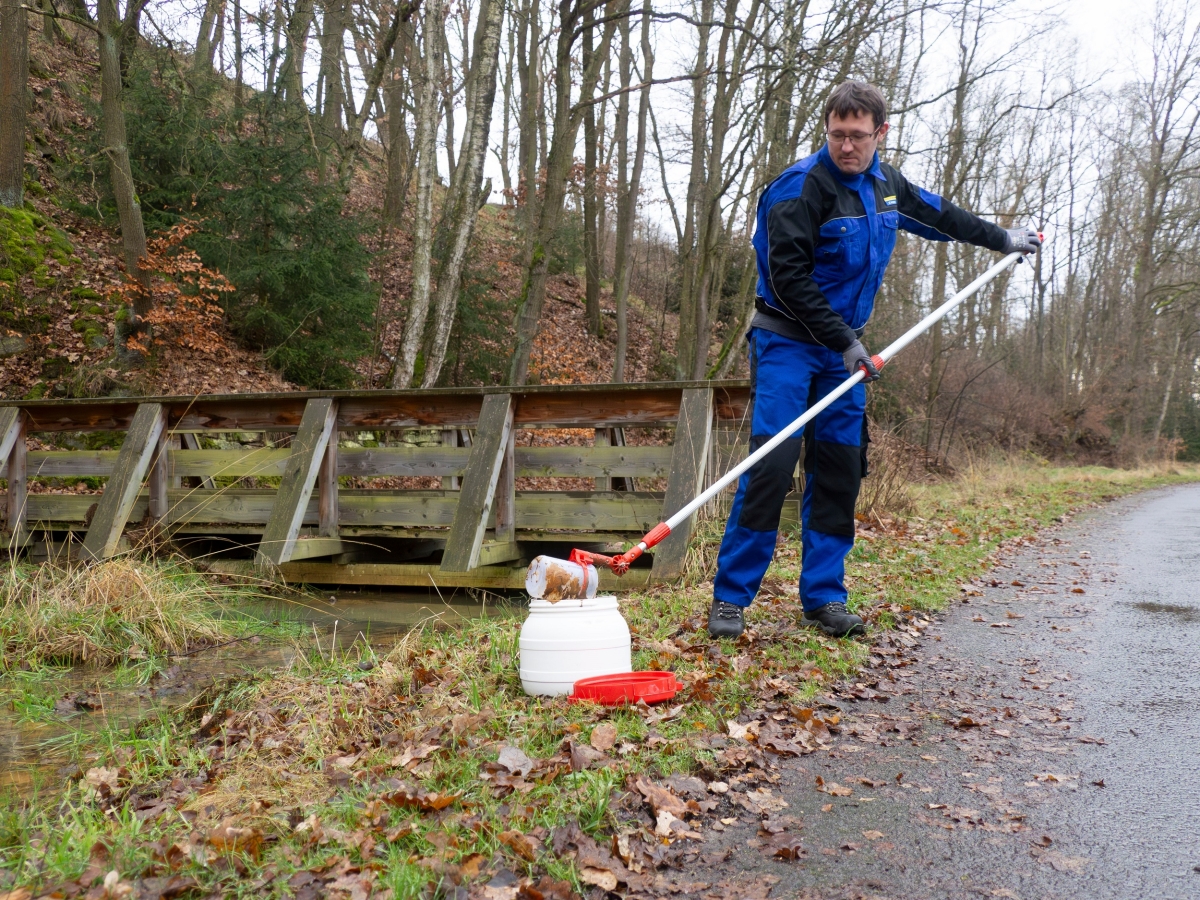 Dr Michael Kraft takes a sample of the iron-rich water and sludge
Dr Michael Kraft takes a sample of the iron-rich water and sludge
© TU Bergakademie Freiberg
In the former mining area, ferrous water and more than 13 000 m³ of sludge from the Freiberg mining district seep into an artificial stream, the “Roter Graben”. What was previously regarded as a contaminated site and had to be dredged and deposited at great expense is pumped through a filter press and dewatered in the new process. “Several membranes filter out the solid components and remove any heavy metals in a further step,” explains Professor Martin Bertau from the Institute of Technical Chemistry at TU Bergakademie Freiberg. The result is clean water and a residual sludge.
Bertau’s team extracts the valuable metals iron and zinc from these residues. The researchers are using an established process to ensure that the overall process can also be operated economically. “The material can be used in a smelting plant that produces iron and zinc from it,” explains project team member Dr Michael Kraft. “In Freiberg, for example, this would be Befesa GmbH.” The pollutants arsenic, lead and cadmium collect in the electrostatic precipitator and are thus permanently removed from the environment and disposed of properly. This not only recovers the valuable materials in the sludge, but also solves a real environmental problem. The chemists even recycle the remaining mineral residue. “We can turn it into so-called geopolymer building materials by mixing it with burnt clay and caustic soda, which is known at home as drain-free,” explains Dr Michael Kraft.
Climate-friendly cement alternative
Geopolymers are binding agents that are modelled on natural minerals in their composition. They have properties that equal or even surpass those of cement. For example, mine sludge can be used to produce stable bricks that can be recycled indefinitely. The researchers have applied for a patent for their process. With regard to the EU Water Framework Directive, which requires the treatment of mining water, a significant contribution can be made at an early stage to fulfil official requirements and relieve nature of pollutants. “The technology for utilising mine sludge not only saves landfill space”, says Professor Martin Bertau. Around 8 % of global CO2 emissions are attributable to cement. “With geopolymers, they can be reduced by 80 % – that’s a real contribution to the climate”, summarises Dr Michael Kraft.
Great interest in pilot plant
Several locations have already expressed interest in the test containers. “The pilot plant will be cleaned over the winter and then moved to a new location in the spring,” the chemists reveal. This is because the Freiberg technology will be presented in the German Pavilion at the World Expo 2025 in Osaka next year.
About the recomine ZauBer research project
In addition to the TU Bergakademie Freiberg with the Institute of Technical Chemistry, the Institute of Thermal Process Engineering, Environmental and Natural Materials Process Engineering and terra mineralia, INTEC Gesellschaft für Injektionstechnik mbH & Co. KG, SAXONIA Standortentwicklungs- und -Verwaltungsgesellschaft MBH, G.E.O.S. Ingenieurgesellschaft MBH and Befesa Zinc Freiberg GmbH are involved in the joint project. The project, which ran for almost three years (01.01.2022 to 30.11.2024), has been funded by the Federal Ministry of Education and Research (funding reference: 03WIR1908A) as part of the rECOmine – RESOURCENORIENTIERTE UMWELTTECHNOLOGIEN FÜR DAS 21. JAHRHUNDERT alliance, from the “WIR! – Wandel durch Innovation in der Region” funding programme with around € 1 million.

